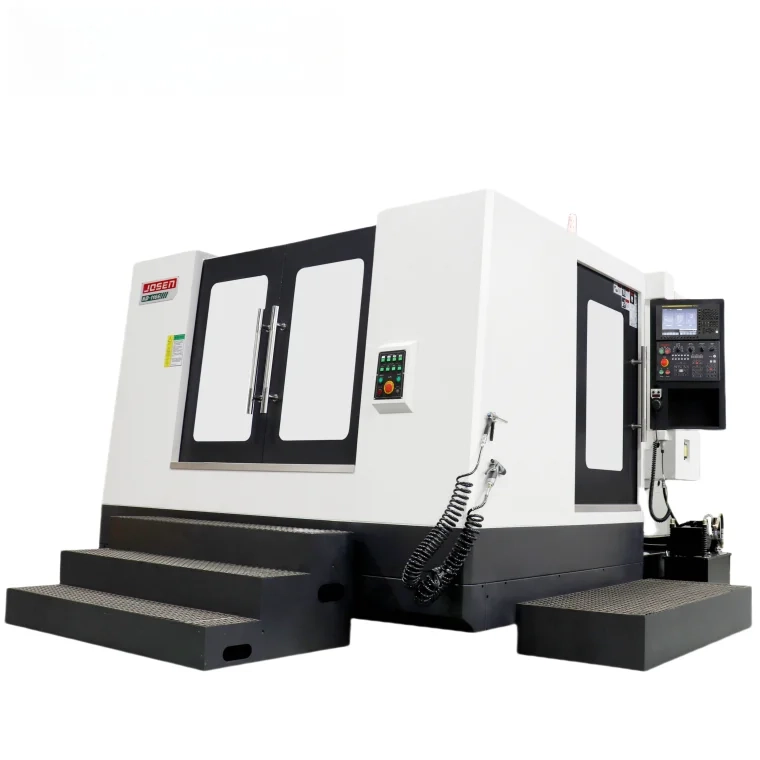When it comes to home design, the ceiling is often an overlooked element that can significantly influence the overall aesthetic and functionality of a space. Choosing the right type of ceiling is not merely a matter of style; it also involves considerations of acoustics, insulation, maintenance, and even energy efficiency. In this article, we will explore various ceiling types, their advantages and disadvantages, and how to determine which is best suited for your home.
- Understanding Different Ceiling Types
1.1. Flat Ceilings
Flat ceilings are the most common type found in residential homes. They provide a clean, modern look and are typically easy to install.
Advantages:
- Versatility: They can accommodate various design styles, from traditional to contemporary.
- Ease of Maintenance: Flat ceilings are easier to paint and repair than textured ceilings.
- Cost-Effective: Generally, they are less expensive to install compared to other ceiling types.
Disadvantages:
- Acoustic Limitations: Flat ceilings may not provide the best sound insulation, which can be a concern in multi-story homes.
- Visual Interest: They can sometimes appear bland or uninteresting without additional design elements.
1.2. Vaulted Ceilings
Vaulted ceilings are characterized by their high, sloping structure, which can create a sense of spaciousness and grandeur.
Advantages:
- Increased Natural Light: The height allows for larger windows, enhancing natural light.
- Aesthetic Appeal: They add architectural interest and can make a room feel larger and more open.
Disadvantages:
- Higher Installation Costs: The complexity of installation can lead to increased labor and material costs.
- Heating and Cooling Challenges: The increased volume of air can make temperature regulation more difficult, potentially leading to higher energy bills.
1.3. Tray Ceilings
Tray ceilings feature a recessed central panel that creates a layered effect, adding depth and dimension to a room.
Advantages:
- Design Flexibility: They can be customized with lighting and paint to enhance the room's ambiance.
- Visual Interest: The layered effect can draw the eye upward, making the space feel more expansive.
Disadvantages:
- Installation Complexity: They require more precise construction, which can increase costs.
- Potential for Dust Accumulation: The recess can collect dust, necessitating more frequent cleaning.
1.4. Beamed Ceilings
Beamed ceilings incorporate exposed beams, which can add a rustic or industrial charm to a space.
Advantages:
- Character and Warmth: They provide a unique aesthetic that can enhance the overall design of a room.
- Structural Benefits: Exposed beams can sometimes offer additional structural support.
Disadvantages:
- Height Requirements: They may require higher ceilings to avoid a cramped feeling.
- Maintenance Needs: Depending on the material, beams may require regular maintenance to prevent wear and tear.
- Factors to Consider When Choosing a Ceiling Type
2.1. Room Functionality
The purpose of the room plays a crucial role in determining the best ceiling type. For example, a home theater may benefit from a coffered ceiling for improved acoustics, while a kitchen might be better suited for a flat ceiling for ease of cleaning.
2.2. Aesthetic Preferences
Your personal style and the overall design theme of your home should guide your choice. If you prefer a modern look, flat or tray ceilings may be ideal, while those seeking a more traditional or rustic feel might opt for beamed ceilings.
2.3. Budget Constraints
Ceiling types vary significantly in cost. Flat ceilings are generally the most budget-friendly, while vaulted and beamed ceilings can require a larger investment. It’s essential to balance your aesthetic desires with your budget.
2.4. Energy Efficiency
Consider how the ceiling type will impact your home’s energy efficiency. For instance, vaulted ceilings may lead to higher heating and cooling costs, while insulated ceilings can help maintain a comfortable temperature.
- Conclusion: Making the Right Choice
Selecting the best ceiling type for your home involves a careful consideration of various factors, including functionality, aesthetics, budget, and energy efficiency. Each ceiling type offers unique benefits and drawbacks, making it essential to evaluate your specific needs and preferences.



More Stories
Key Technical Features and Performance Indicators of a Gypsum Mortar Production Equipment Weighing System
Building Facilities Construction
5 Creative Uses for Single Wire Hooks in Everyday Life